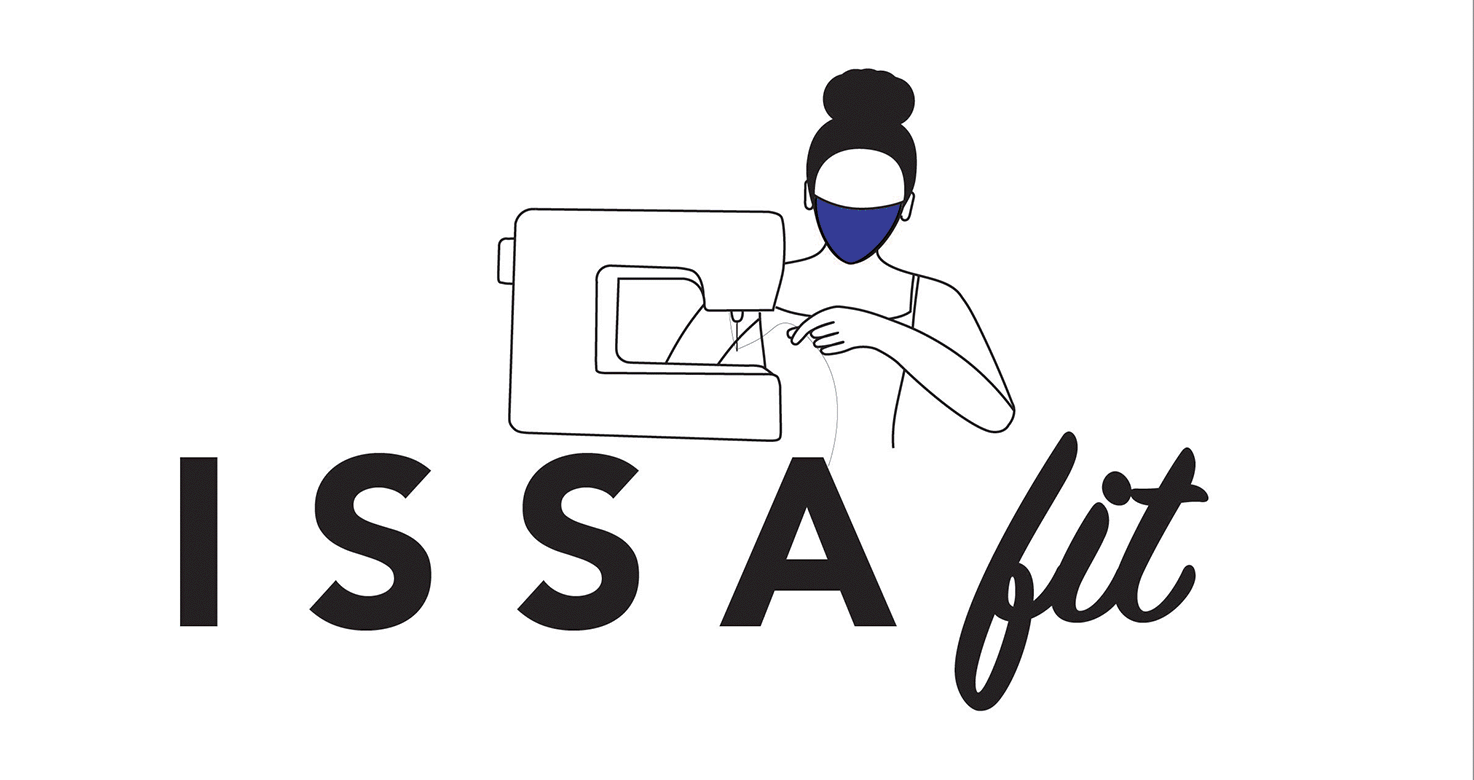Button closures are a staple in any garment sewist's toolkit; from button-up sweaters, to casual dresses, to jeans, countless projects require buttons for optimal fit. While they may seem daunting at first, sewing buttonholes does not have to be as complex as they look. Read or watch this quick tutorial to learn all the basics of sewing button closures so that you can master your next button-up project!
Materials

2 pieces of scrap fabric – something sturdy and medium weight is preferable for this project, like cotton or linen
A 2- or 4-holed button
A pen, chalk, or other washable fabric marker
Thread and a threaded bobbin
A hand sewing needle
Sewing machine
Step 1: marking the fabric
Lay the button onto one of the fabric scraps where you want it to sit. Mark a line on either side of the button in the orientation you want (top and bottom if you want a vertical hole, or either side for a horizontal one). Then, remove the button and connect the small marks on the sides of the button with a long straight line.
Step 2: fitting the buttonhole foot
At the back of the buttonhole foot, there is an adjustable space that measures the size of the button in order to create a hole that is the perfect size for the button. Fit the button by pushing the adjustable space open using the lever on the side, and place the button in the space. Use the lever to adjust the space until the button sits firmly without wiggleroom.
Step 3: setting up your machine
Note that every sewing machine has a slightly different process for sewing buttonholes, so reference your instructions manual for information specific to your machine. I am using a Singer Fashion Mate 3333 for this project.
Start by replacing your normal sewing machine foot with the buttonhole foot, making sure the shorter end of the foot is facing towards you.

Next, on my machine in particular, I have to pull down the "buttonhole" lever and push it backwards until I feel it click. Check your machine's instruction manual to see if you have something similar.
Set your stitch pattern to a buttonhole stitch, looking for the symbol (below) that looks like a thin vertical rectangle. On my machine, there is a particular stitch length setting that has the same rectangular buttonhole pattern, which I set mine to as well. Next, I set my stitch width as high as it could go.
Step 4: getting sewing!
Place the line of the buttonhole outline on your fabric that's closest to you under the needle and lower the foot. As you begin to sew, the machine should guide your fabric backwards first, then stop and widen its stitches to make the back of the buttonhole, and then switch directions and move forwards, and then complete the last side of the rectangle.
Note that for most sewing machines, the needle picks up where it left off when it comes to buttonholes, so if you stopped your last buttonhole halfway through, that's where your next will start up again. It always helps to practice stitches on scrap fabric before trying them on your project, but this is especially important when it comes to buttonholes. Do a couple trial runs and make sure to set the needle up where you want it for when you start on your real project.
Once the rectangle is complete, lift up the foot, pull the fabric away, and snip the thread.

Step 5: opening the buttonhole
Cut any excess thread around your rectangle.

Place a pin through one end of the rectangle to mark where you will stop opening the hole. Then, using your seam ripper, cut through the rectangle from one side to the other, being sure to avoid cutting any thread.
Step 6: placing the button
Lay the fabric with the buttonhole over the fabric you'd like to put the button on. Using a pen or other washable marking device, draw a line through the hole onto the bottom layer of fabric.
Center the button over the line you drew on the bottom fabric and sew the button down, stitching diagonally across the holes on the button on a four-holed button. Stitch 6-8 times across each set of holes on the button.
Once you've stitched 6-8 times in each set of holes, use your needle to wrap the thread around the thread you used to secure the button three times, between the button and the fabric. This lifts the button slightly off the fabric to make it easier to fit through the buttonhole. Poke the needle through to the underside of the fabric, cut the thread, and knot it off to secure.

